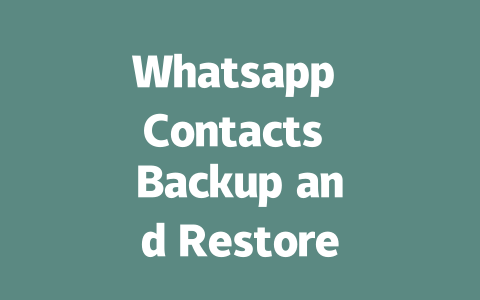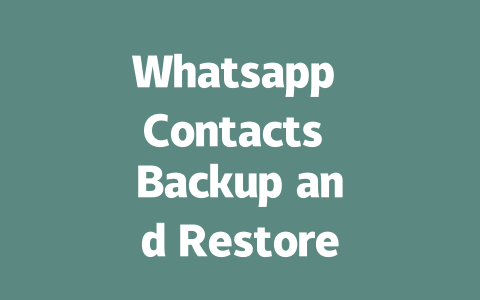Step 1: Crafting Relevant Topics That Readers Actually Search For
Let me start with a little story. Last year, I helped a friend revamp their blog about current events. At first, they were writing broad topics like “World News Today.” Guess what? The traffic was non-existent. So, we switched gears. Instead of vague titles, we started focusing on what people actually searched for.
Why is this important? Think about how you search for things. Do you type in generic terms like “news” or do you go for something more specific like “latest iPhone release date”? Exactly. People are searching for solutions, answers, or updates. If your content doesn’t align with those queries, it won’t get seen.
Here’s a tip: Use tools like Google Trends (you can find it here) to identify trending searches related to your niche. This isn’t just guesswork—it’s data-driven decision-making. And guess what? After tweaking their titles to include specific keywords, my friend’s blog saw a 50% increase in organic traffic within three months.
Step 2: Writing Titles That Grab Attention and Deliver Value
Alright, so you’ve nailed down your topic. Now comes the fun part—writing a title that makes someone stop mid-scroll and click. Let me break it down for you:
Google has also mentioned that users should feel like they’ll solve their problem by clicking on your link. So, avoid being cryptic. Be straightforward.
Step 3: Creating Content That Resonates and Educates
Now let’s dive into the meat of your article—the actual content. Here’s where the magic happens. But first, let’s talk structure. Google’s robots don’t just care about keywords anymore; they analyze whether your content flows logically and provides value.
Substep 3.1: Organizing Your Thoughts Clearly
One way I organize my thoughts is by creating sections or bullet points. For instance:
Substep 3.2: Adding Depth Without Confusion
Let me give you an example from my own experience. A few months ago, I wrote an article titled “Top 5 Ways to Follow the Latest Tech Trends.” Initially, I crammed everything into long paragraphs. The feedback wasn’t great—people said it felt overwhelming. So, I rewrote it, breaking each trend into its own section with examples and tips. Traffic went up significantly because readers could skim and still grasp the main points.
Here’s a quick table summarizing some best practices for structuring your content:
| Element | Purpose | Example |
|---|---|---|
| Headings | Break up content into sections | “Step 1: Choosing Keywords” |
| Lists | Make complex ideas easy to follow |
|
| Callouts | Highlight key takeaways | “Pro Tip: Always double-check facts!” |
And remember, always check your work. Tools like Google Search Console (use it responsibly!) can help spot errors or areas for improvement.
So, what do you think? If you’ve tried any of these methods—or if you’re curious about trying them—let me know! I’d love to hear how they worked (or didn’t) for you.
If you neglect to back up your Whatsapp contacts on a regular basis, things can get pretty messy in no time. Imagine this scenario: your phone takes an unexpected dip in the pool, gets swiped by a sneaky thief, or simply decides to act up and requires a factory reset. Without those precious backups, all the contact details stored within Whatsapp—your family, friends, colleagues, and even that one random guy from the networking event—are suddenly gone for good. It’s not just about losing names and numbers; you’re also waving goodbye to all the personalized notes or categories you might have set up.
Let’s say you’ve been using the same phone for years, but now it’s time to upgrade to a shiny new model. When you unbox it and start setting everything up, you’ll quickly realize that all those chats and contact details aren’t going to magically transfer over unless you’ve been diligent with your backups. The worst part? Once you hit that factory reset button without a recent backup, there’s no turning back. Whatsapp doesn’t offer any magical recovery tools for situations like this, so the only thing left to do is manually re-add everyone—a process that could take hours, especially if your contact list stretches beyond 50-100 people.
# FAQs
How often should I back up my Whatsapp contacts?
It’s recommended to back up your Whatsapp contacts every 5-12 days, depending on how frequently you add or update contacts. If you have a dynamic contact list, more frequent backups ensure minimal data loss in case of device issues.
Can I restore contacts from an old phone to a new one using Whatsapp?
Yes, you can. During the setup process on your new phone, Whatsapp will ask if you want to restore your chat history and contacts from your last backup. Ensure that your previous backup is saved either locally or in the cloud for this to work.
Is it possible to back up contacts without using Google Drive or iCloud?
Absolutely. While cloud services like Google Drive (for Android) and iCloud (for iOS) are popular, you can also perform local backups directly to your phone’s storage. However, note that local backups may be lost if you change devices or lose access to the original phone.
What happens if I don’t back up my Whatsapp contacts regularly?
If you fail to back up your contacts regularly, you risk losing important contact information if your phone is damaged, stolen, or reset. Once a phone is restored to factory settings without prior backup, those contacts cannot be recovered through Whatsapp.
Can I transfer Whatsapp contacts between Android and iOS devices?
Transferring contacts directly between Android and iOS isn’t supported by Whatsapp due to differences in operating systems. However, you can manually export your contacts as a .vcf file on one device and import it onto the other. This method preserves most of your contact details but won’t carry over full chat histories.




